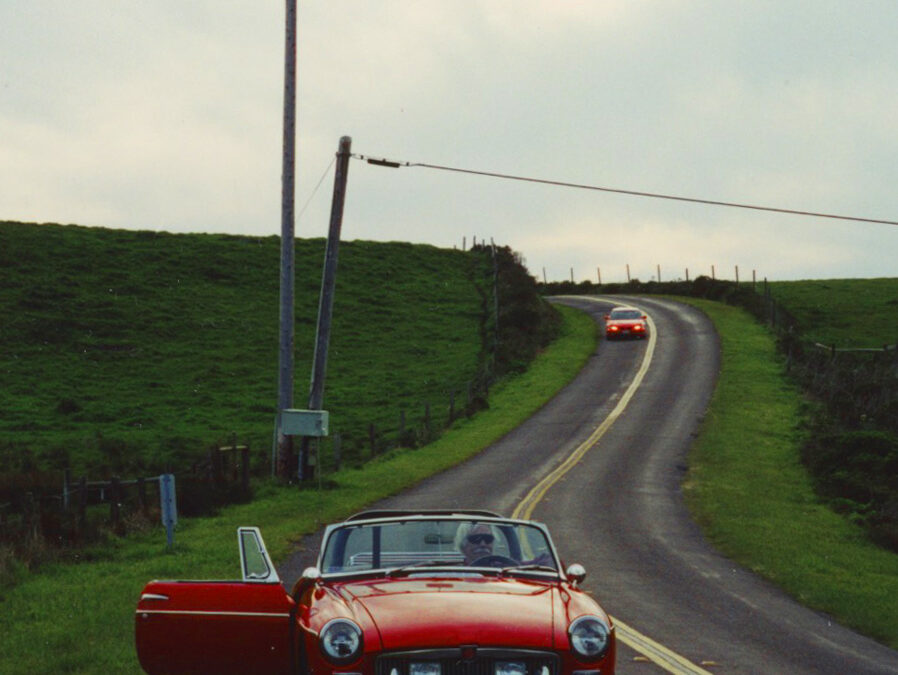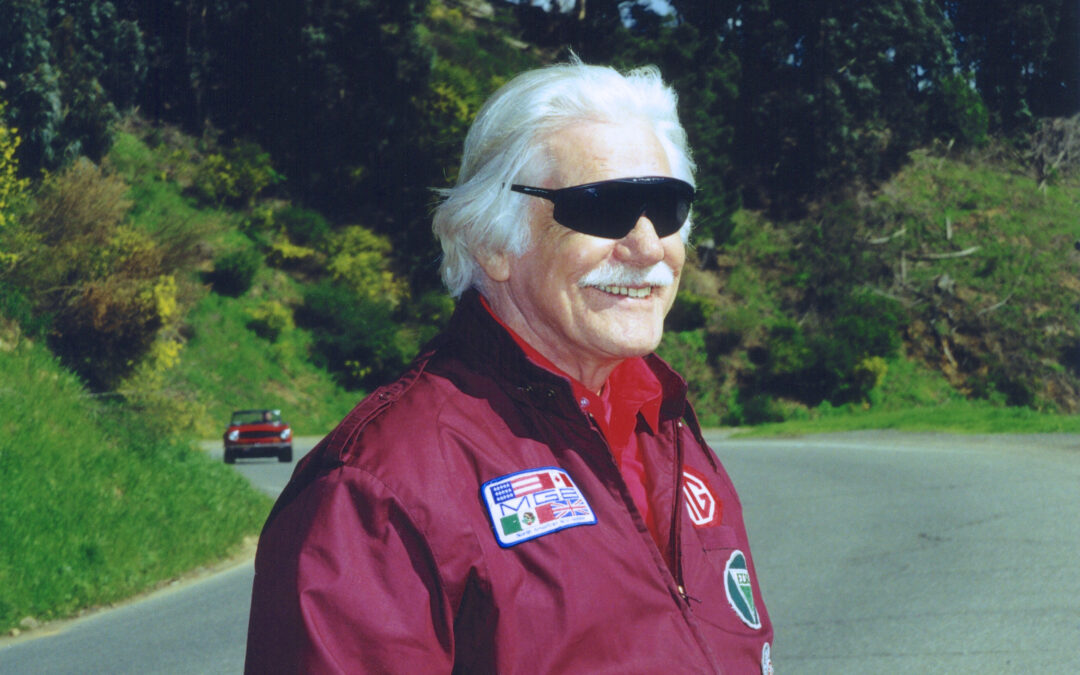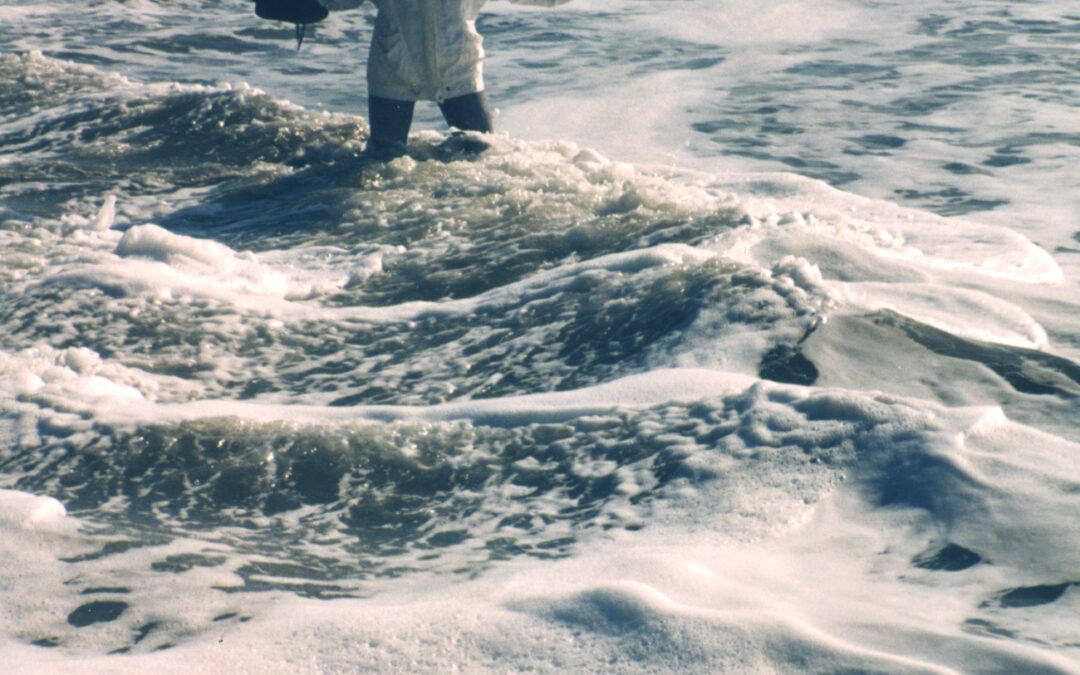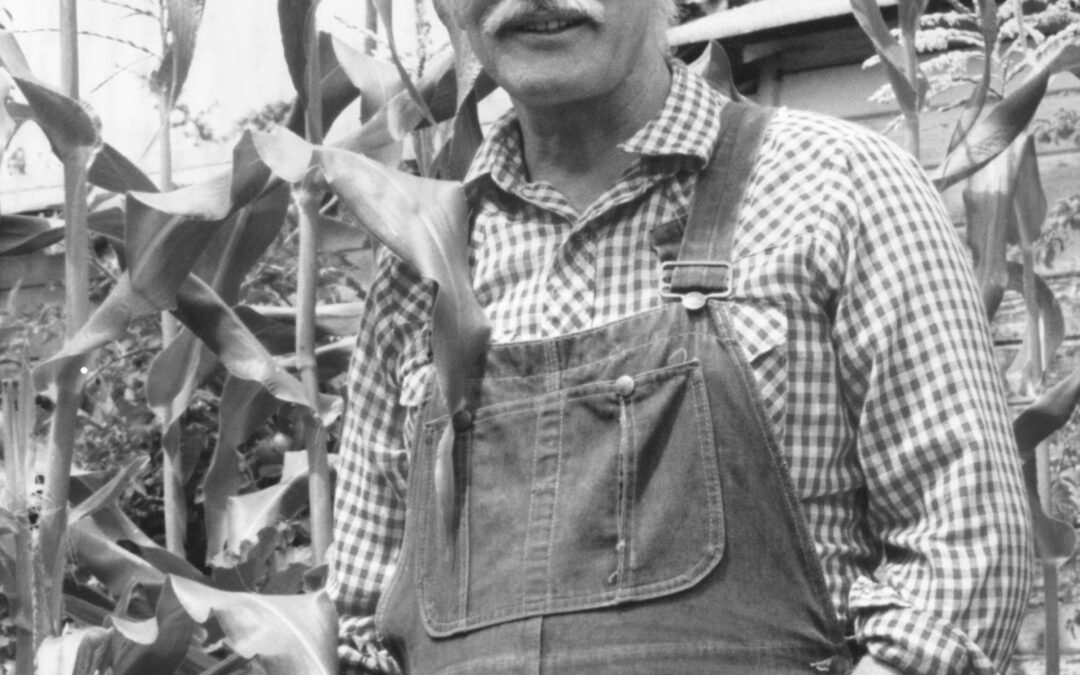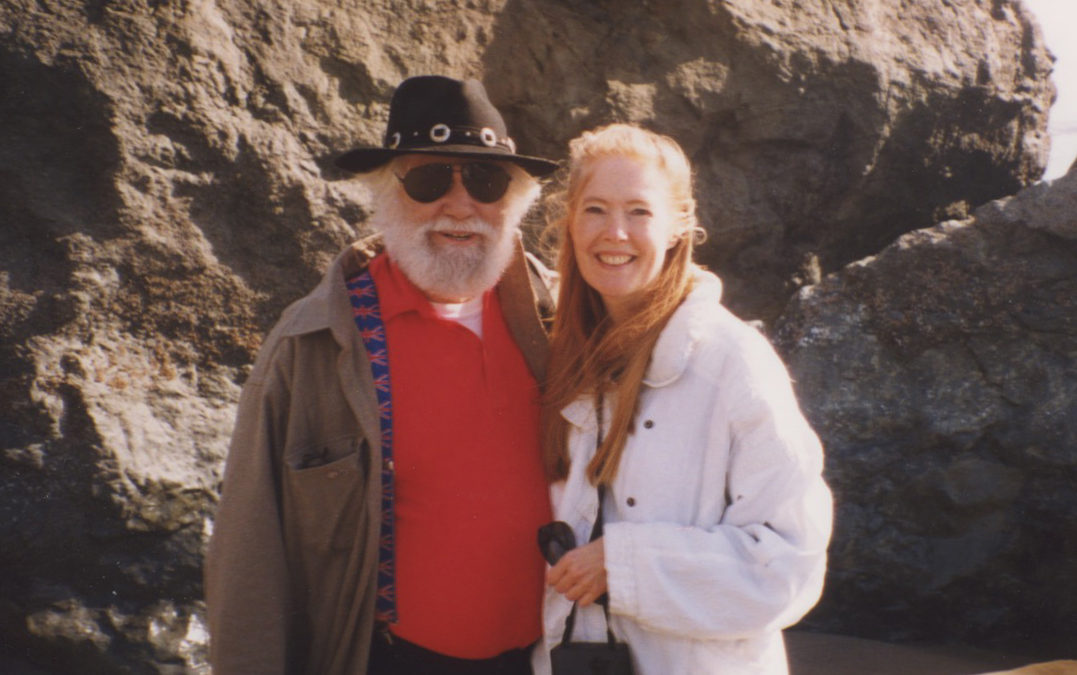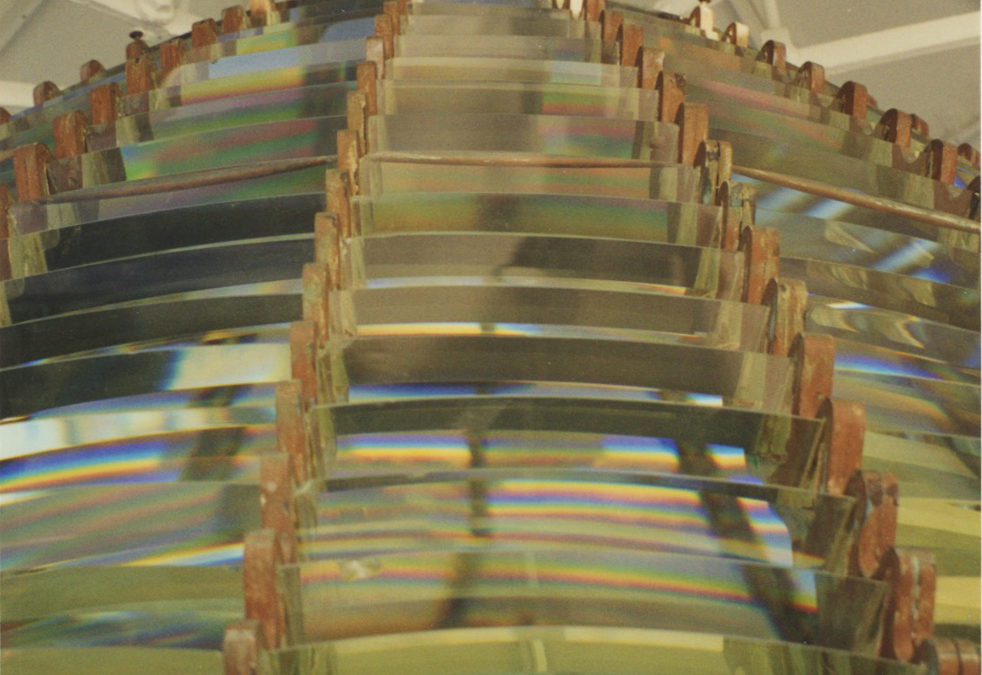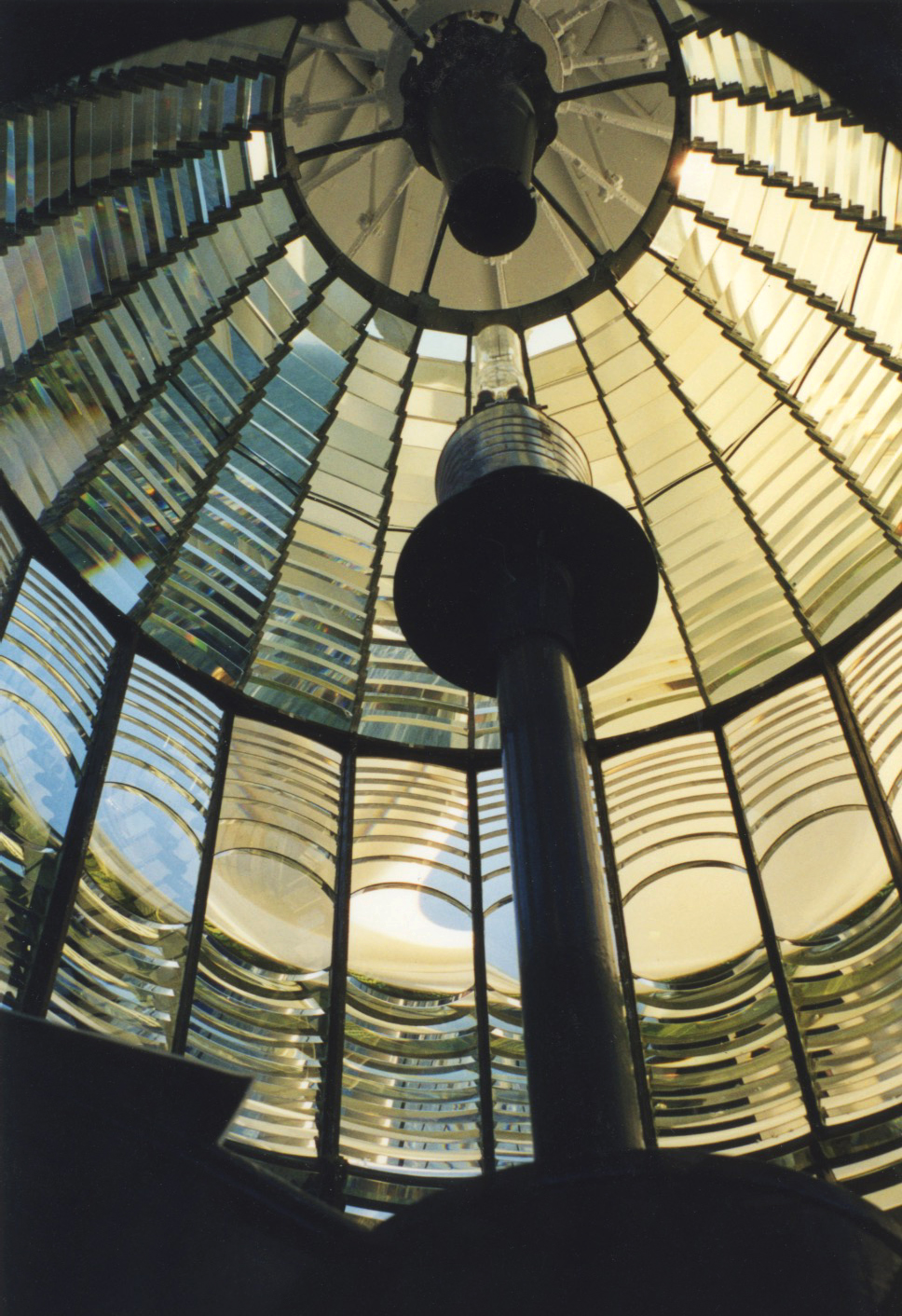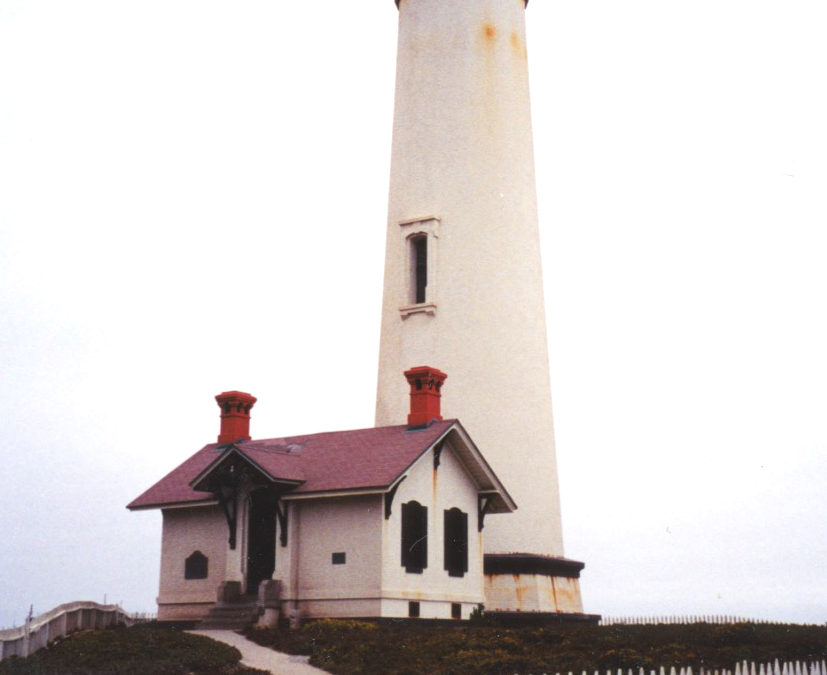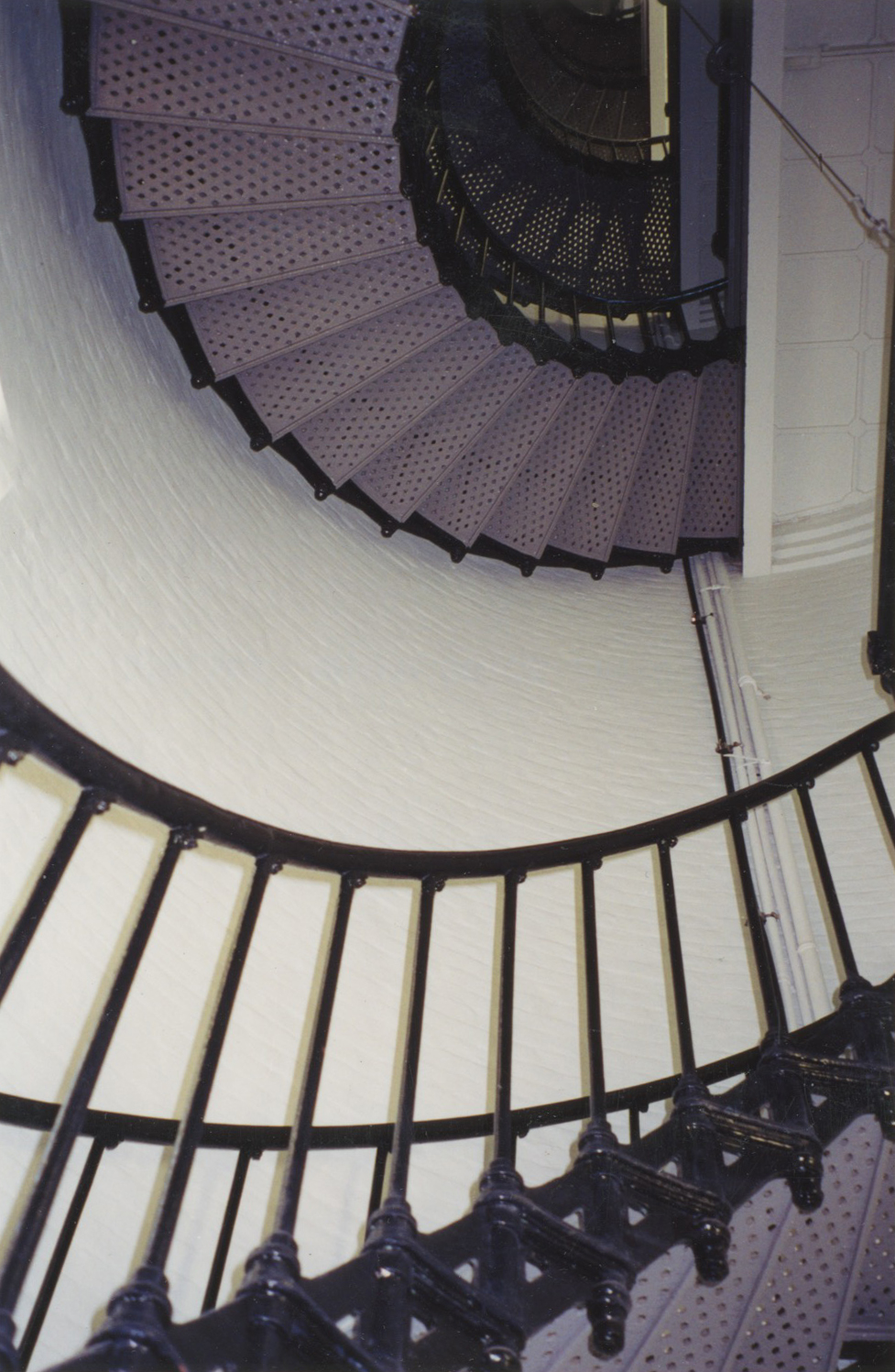
LINGERING
LINGERING
From A Patchwork Memoir:
I drove by Earl’s house a few days after his death, simply to begin to face the fact that he was no longer there. That was as much as I’d felt I could do, but then I saw someone in the window—a man, not Pippa—and thought I should push myself a little further, even though I felt wrung out, and introduce myself to Earl’s family, who had arrived from the east coast. As it turned out, his stepsons, Kevin and Billy, were there, as well as his sister, his niece, and several nephews, all gathered around the dining room table.
As they sipped wine and I drank root beer—noting that this time the mug wasn’t iced—Kevin reminisced that when he was five and first met Earl, he didn’t know which was more exciting—his MG or Earl himself. When he was seven, he said, Earl taught him the parts of a car, knowledge he was inordinately proud of, feeling it was his initiation into manhood. Billy recalled that when they went camping with his parents’ friends, the adults tried to outdo each other, bringing along outrageous things to eat—one time Dick Steinke fit a whole watermelon in his pack, filled with fruit salad marinated in champagne. Marian recounted how when Earl was a boy, their grandmother insisted he learn to play the violin. Instead of rehearsing, he used to sit at the very back of the orchestra, where no one could see what he was up to, his violin at his chin, furtively practicing tying Boy Scout knots underneath it. Needless to say, he never advanced to the chairs in front, she smiled, for the first and second violin.
Later Marian and I had a private conversation, and she showed me pictures of her daughter’s wedding that Earl drove across the country to attend last summer; it was held at White Lake, where there was no plumbing or electricity, so they’d installed two outhouses and decorated them with bridal wreaths.
“I once asked Earl if your parents had loved each other—if they’d had a good marriage,” I told her.
She looked up at me alertly. “What did he say?”
“Yes.”
She nodded in agreement, musing that it was too bad their parents hadn’t been able to set up housekeeping on their own—they would have been happier—but they’d had to live with her father’s parents and her mother’s twin sister, combining paychecks because it was the Depression.
“That’s just what Earl said,” I confessed. “He told me he used to retreat to his bedroom in the attic to draw to escape the tensions in the household.”
She nodded again. “He had the whole third floor to himself.”
At one point she reminisced about their father having four heart attacks in his early fifties, the first one on his way home from work. He’d sat on the steps of the train station, trying to muster his strength, while overhearing the derisive comments of passersby about the drunk on the steps. He’d made it home, but later at the hospital the doctors had said he wouldn’t live through the night. All their family and friends prayed for him, she told me, and the next morning the doctors were astonished to find him recovering.
“Earl said he brought your dad a set of paints while he was in the hospital—and that he always felt good about that. He thought they gave your father something to live for.”
“I think they did,” she agreed. “He was in the midst of finishing a painting of the Adirondacks when he had his fourth heart attack. By that time, though, everyone in the family was praying for God to take him, he’d been through so much.”
She went on to reminisce about their father’s sisters, four maiden aunts who’d had a house on Cape Cod. Alma and Minnie contracted TB as young women and recovered at the Trudeau Sanitarium; then Alma went on to become a pioneer in the field of occupational therapy.
“Earl used to tell me how Gladys would insist everyone go out when a storm was coming because she wanted to be right in the thick of it,” I commented.
I knew how much Earl had admired his aunts, who were all strong women, and how he’d loved the childhood summers he spent with them on the Cape, where they treated him like a little prince.
I found myself lingering for hours, even though I was exhausted, afraid of missing something, some bit of conversation or memory about Earl that I wouldn’t then have to cherish—as though leaving his family that evening meant losing parts of Earl I could never retrieve.
